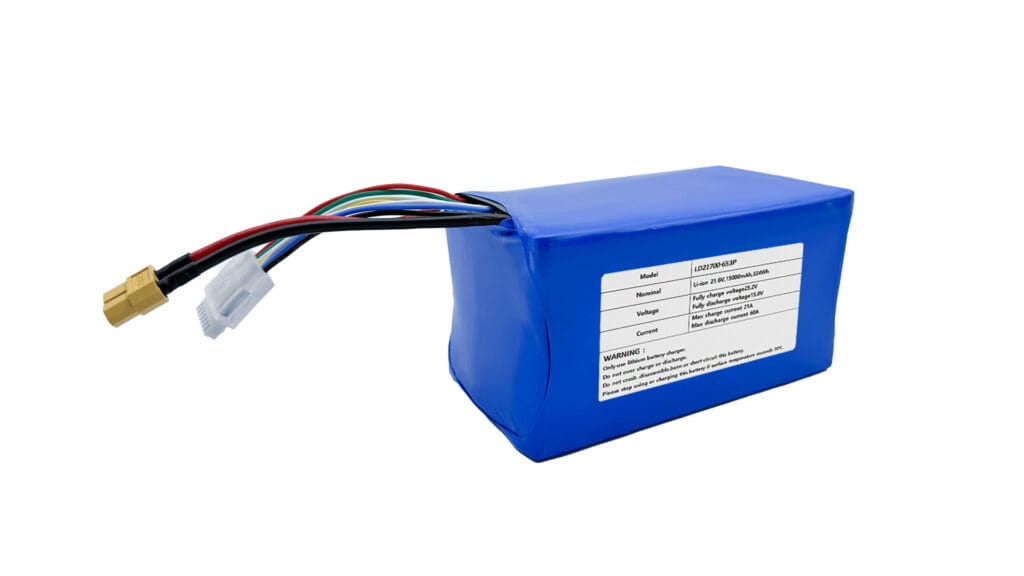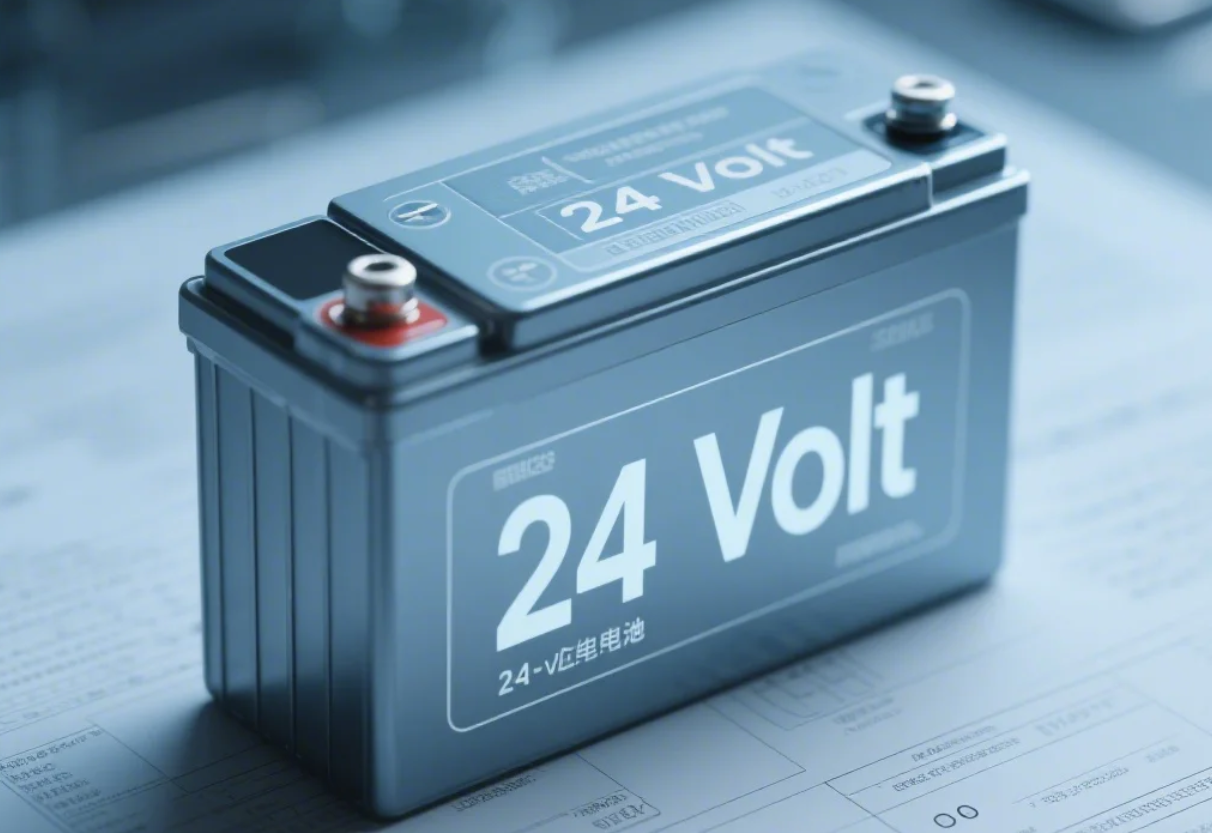The whirring of propellers, the smooth ascent, the breathtaking aerial views – drones have captured our imaginations and found their place in everything from hobbyist photography to industrial inspections. At the heart of every drone’s capability lies its power source: the battery. And for optimal performance, especially in demanding applications like drone flight, the type of battery matters significantly. Enter the high-rate discharge batteries, a crucial component that enables the agility, stability, and sustained flight we’ve come to expect from our aerial companions.
What Exactly is a High-Rate Discharge Battery?
To understand a high-rate discharge battery, we first need to grasp the basics of battery discharge. When a battery discharges, it releases its stored electrical energy to power a device – in our case, the drone’s motors and electronics. The “rate” of this discharge refers to how quickly this energy is delivered. A standard battery might discharge its energy slowly and steadily, like powering a flashlight over several hours. However, drone motors demand a sudden and significant surge of power for lift-off, maneuvering, and maintaining altitude. This is where high-rate discharge batteries come into play.
A high-rate discharge battery is specifically designed to deliver a large amount of power in a short period. Think of it as the ability to sprint versus run a marathon. While both are forms of energy expenditure, one requires a much faster release of power. The industry often uses the Classificação C to indicate a battery’s discharge rate relative to its capacity. For instance, a battery with a higher C-rating can deliver a larger multiple of its capacity in amps compared to one with a lower C-rating. For example, a 1000mAh battery with a 1C rating can continuously deliver 1 amp, while the same battery with a 10C rating could theoretically deliver 10 amps.
For drones, this ability to deliver power quickly is not just a nice-to-have; it’s fundamental. The powerful motors that lift the drone against gravity and allow for precise control require a battery that can keep up with their instantaneous power demands.
Why High-Rate Discharge Matters for Your Drone
The benefits of using high-rate discharge batteries in drones are tangible and directly impact the user experience:
- Powering Performance: High-rate batteries provide the necessary current to drive the drone’s motors effectively. This translates to quicker throttle response, more agile movements, and the ability to handle sudden changes in direction or altitude. Imagine trying to quickly maneuver your drone to capture a fleeting moment – a battery that can’t deliver power rapidly will make the drone feel sluggish and unresponsive.
- Sustaining Flight: While it might seem counterintuitive, a good high-rate battery can contribute to more consistent and potentially longer usable flight times. This is because it can maintain a more stable voltage under the high current draw of the motors. A battery that sags in voltage under load will force the drone’s systems to work harder and potentially cut off sooner.
- Handling Demanding Operations: Modern drones often come equipped with advanced features like sport modes, the ability to carry payloads such as high-resolution cameras, and the need to resist wind gusts. These scenarios demand significant bursts of power. A high-rate discharge battery ensures the drone can handle these demands without faltering or losing stability, allowing for smooth video recording or confident flight in various conditions.
Key Characteristics of High-Rate Discharge Batteries
Understanding a few key characteristics can help you appreciate why certain batteries are better suited for drones:
- C-Rating Explained for Drone Users: As mentioned earlier, the C-rating is crucial. For drone batteries, you’ll often see discharge C-ratings (how quickly it can output power) and sometimes charge C-ratings (how quickly it can be charged). For performance, the discharge C-rating is more critical. A higher discharge C-rating generally indicates the battery can supply more current safely. For drone applications requiring quick bursts of power, batteries with higher discharge C-ratings (e.g., 25C, 50C, or even higher) are typically preferred.
- Resistência interna: Another important factor is internal resistance. A battery with lower internal resistance can deliver higher currents with less energy loss as heat and less voltage drop. This is particularly beneficial during high-rate discharge, as it helps maintain voltage stability and efficiency.
- Voltage Stability: A high-rate battery designed for demanding applications will ideally maintain a relatively stable voltage output even when subjected to high current draw. This consistency ensures the drone’s motors receive the power they need without significant fluctuations, leading to more predictable and reliable performance.
High-Rate Discharge Batteries in the Context of Drones
Lithium Polymer (LiPo) batteries are the prevalent choice for most consumer and prosumer drones due to their high energy density (lightweight for the amount of power stored) and excellent high-rate discharge capabilities. When selecting a drone battery, you’ll typically see specifications including capacity (measured in milliamp-hours, mAh), voltage (indicated by the “S” rating, e.g., 3S, 4S), and the discharge C-rating.
Choosing the right battery involves considering the drone’s power requirements. A drone designed for fast, agile flight or carrying heavy payloads will necessitate batteries with higher discharge C-ratings compared to a smaller, more leisurely drone. The manufacturer usually recommends the appropriate battery specifications, and it’s crucial to adhere to these guidelines for optimal performance and safety.
Potential Downsides and Considerations
While high-rate discharge batteries are essential for drone performance, there are a few aspects to keep in mind:
- Potential for Faster Degradation: Consistently pushing a battery to its maximum discharge rate can, over time, potentially impact its lifespan (number of charge/discharge cycles). However, for quality drone batteries used within their specified limits, this is usually a manageable trade-off for the performance benefits.
- Importance of Proper Handling: High-power batteries like those used in drones require careful handling, especially during charging and storage. Following the manufacturer’s guidelines for charging (using appropriate chargers) and avoiding extreme temperatures are crucial for safety and longevity.
Conclusão
High-rate discharge batteries are the unsung heroes powering the exhilarating world of drone flight. They provide the necessary muscle for lift-off, the responsiveness for intricate maneuvers, and the stability for smooth aerial footage. Understanding what makes a battery “high-rate” and how factors like the C-rating and internal resistance contribute to performance empowers drone enthusiasts to make informed decisions and enjoy the full potential of their aerial vehicles. As drone technology continues to advance, so too will battery technology, promising even more powerful and efficient flights in the future.
High-Rate Batteries from Lan Dazzle
Em Lan Dazzle, we don’t believe in one-size-fits-all solutions. Instead, we work closely with our clients to develophigh-rate lithium batteries that meet the exact requirements of their drones. Whether you need a compact high-C battery for an FPV drone or a large-capacity pack for agricultural UAVs, we’ve got you covered. If you have any needs or questions, feel free to contact us at info@landazzle.com.
Our battery solutions offer:
-
High C-rates of 36C
-
Stable voltage output under continuous and peak loads
-
Thermal protection and safety features
-
Compact and lightweight designs for optimal drone integration
-
Custom dimensions and capacities to fit unique enclosures

PERGUNTAS FREQUENTES
Q1: What does the C-rating of a drone battery mean? A1: The C-rating indicates the rate at which a battery can be discharged or charged relative to its capacity. A higher discharge C-rating means the battery can deliver more current quickly, which is crucial for the power-hungry motors of a drone.
Q2: Why do drones need high-rate discharge batteries? A2: Drones require high-rate discharge batteries to provide the instantaneous and sustained power needed for lift-off, stable flight, agile maneuvering, and operating features like sport modes or carrying payloads.
Q3: Will using a battery with a very high C-rating give my drone longer flight time? A3: Not necessarily. Flight time is primarily determined by the battery’s capacity (mAh). A higher C-rating allows for greater power output, but it doesn’t directly increase the amount of energy stored in the battery.
Q4: How do I know what C-rating battery is right for my drone? A4: Always refer to your drone manufacturer’s recommendations for battery specifications, including the required C-rating. Using a battery with an insufficient C-rating can lead to poor performance or even damage.
Q5: Can I use a lower C-rated battery in my drone if it fits? A6: It’s generally not recommended. Using a battery with a lower C-rating than required can lead to poor performance, voltage sag, and potentially damage the battery or the drone’s electronics due to the battery being unable to supply the necessary current.





